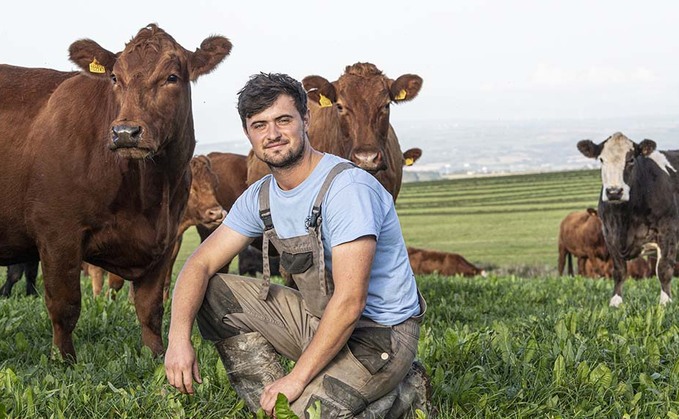
As farmers continue making changes to everyday practices to improve their carbon footprint, one beef farm has adopted a novel way of bedding cattle using compost. So how does it work in practice? Ruth...

As farmers continue making changes to everyday practices to improve their carbon footprint, one beef farm has adopted a novel way of bedding cattle using compost. So how does it work in practice? Ruth...